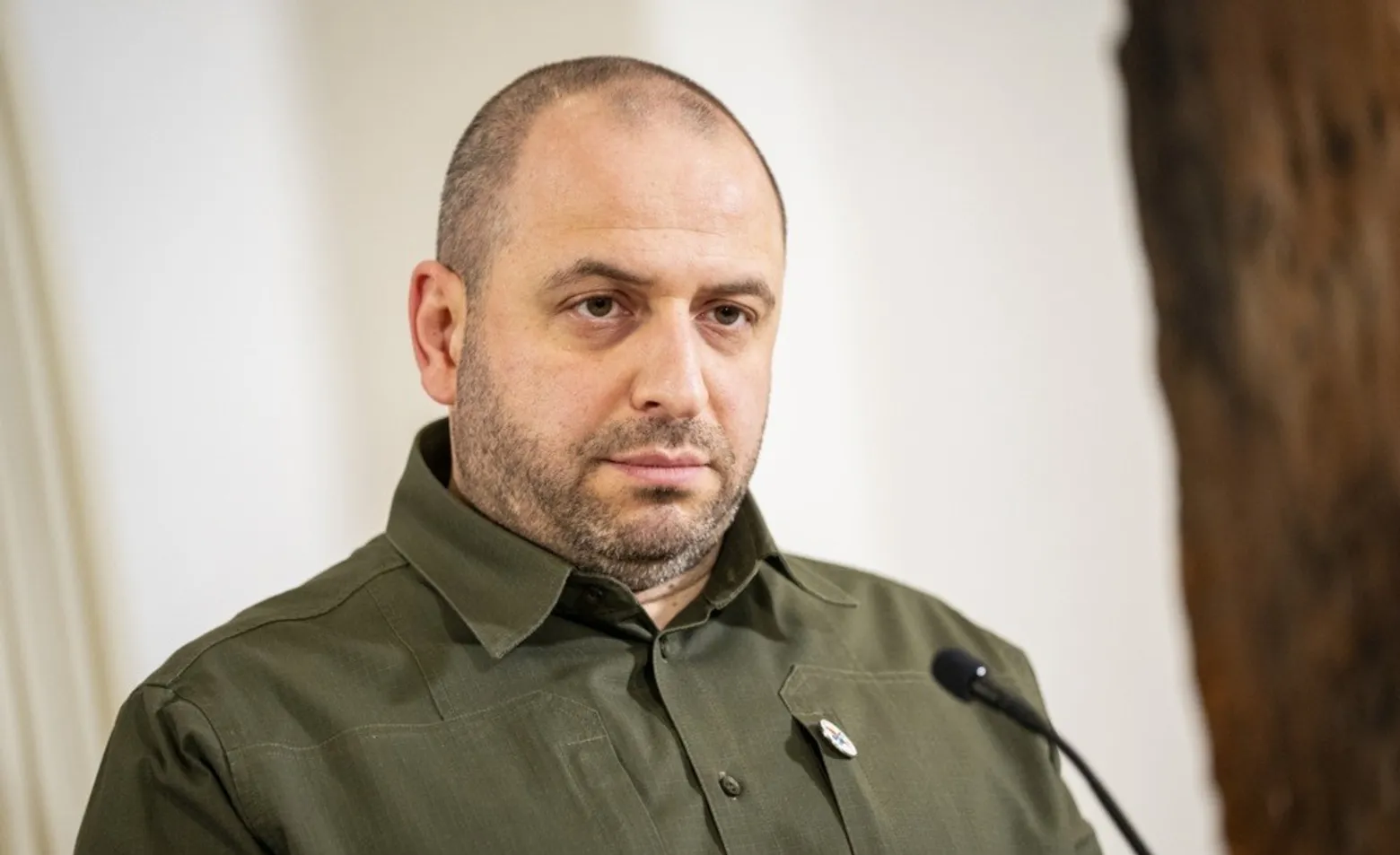It is known that hydronyms, that is, the names of rivers and lakes, are often very ancient. Their origin and especially their meaning are sometimes impossible to establish, as there are no longer any traces of the peoples who once lived on those shores. Yet the name remains. The name "Irpin" is a good example of this. There are several versions of the origin of the name of the Irpin River, but none can be deemed satisfactory.
Slavic Versions
1. Old Slavic: РЪПЕНЬ, РЪП – "pit"
The Irpin River does not resemble a pit. Moreover, ancient people, whose lives often depended directly on rivers and who had a mythological consciousness, loved their rivers and gave them more dignified names.
2. Polish: RUPA – "a pit filled with water"
The same root base. After the "Eternal Peace," that is, the division of Ukraine between Poland and Muscovy in 1686, the border ran along the Irpin River. However, the name Irpin is mentioned in much older sources, such as Old Rus' ones. In general, purely Polish hydronyms are practically not found in Ukraine. Again, a) Irpin does not resemble a pit, and b) names of water bodies are usually very old.
3. Mythological: "Pirna" (from the god Perun)
The mythological consciousness of our ancestors clearly tied the names of deities to their respective "spheres of responsibility." Our ancient pantheon was quite "specialized." Perun is associated with the sky, thunder, and later with war and warriors. It is unlikely that a small river would be named after Perun. Moreover, we do not have rivers named after Rod, Svarog, Triglav, Radogast, Dazhbog, etc. This was simply not done.
Foreign Versions
1. Old English: "Ierfenn" – "marshy land"
We only know that the Angles once lived on the Jutland Peninsula, from where they migrated to modern England in the 5th-6th centuries AD. There is no reliable evidence that the Angles ever lived in the Kyiv region, although there are such studies. Also, Irpin in ancient times was not "marshy land." The groundwater level in the Irpin valley was significantly lower before the construction of the Kyiv HPP dam.
2. Tatar: Osot, bodak in Tatar means "irpa"
Naming a river after a plant is quite a rare practice. For example, there is a Green River in Montana, USA, which the Shoshone called Ka’na (bitter root, or Lewisia – this flower is the state symbol). However, in general, "floral" etymology of hydronyms is little known. Also, to pass down the name of a river to descendants, one must live on its banks for a very long time. The episodic presence of Tatars or even Kipchaks-Pechenegs, who knew the word "irpa," near Irpin could not have been fixed in the name of the river. It simply does not happen that way.
We Need to Dig Deeper
If hydronyms are very old, and the name "Irpin" should be considered unclear, then it is also very old and comes from some ancient language that is now lost. Which peoples could have lived on the banks of Irpin, say, 25-30 centuries ago? What language did they speak? After all, this land was not uninhabited. Kyiv region is an area of continuous settlement in a comprehensible historical retrospective.
It is obvious that one can turn to the Proto-Indo-European linguistic area, to which the Kyiv region belongs, and see what traces the ancient Indo-European population left in other historical conditions and places where their linguistic heritage has been recorded. Because in our sources, which are much later, there are simply no mentions of them.
For example, in southern Italy, there lived a tribe called hirpini (hirpini), assimilated by the Romans about two thousand years ago. According to the hirpini legends, this people migrated to southern Italy from the distant north in ancient times, and they were led on this long journey by their tribal totem – a wolf, which in hirpini language is "hirp" (гірп). This is a very ancient Proto-Indo-European word. It is quite possible that the key to deciphering the name "Irpin" should be sought in the roots of the Indo-European language family.
For the Scythians and Sarmatians, also Indo-European peoples whose traces we see in the Kyiv region, the name of the river from the word "hirp" may have been understandable, or perhaps not very much, just as modern Germans find Gothic incomprehensible. By the way, in Persian, "wolf" is garg, and the echo of the word "hirp" is palpable – after all, Persian has a direct connection to Proto-Indo-European (Indo-Iranian) roots.
It is quite likely that the name "Irpin" comes from the Proto-Indo-European root "hirp," which meant "wolf." By the way, "wolf" hydronyms are quite common in Ukraine and the world.
On the map: the areas of settlement of the ancient Samnium tribes in southern Italy, where one can see the locality where the same hirpini lived (modern Calabria).




